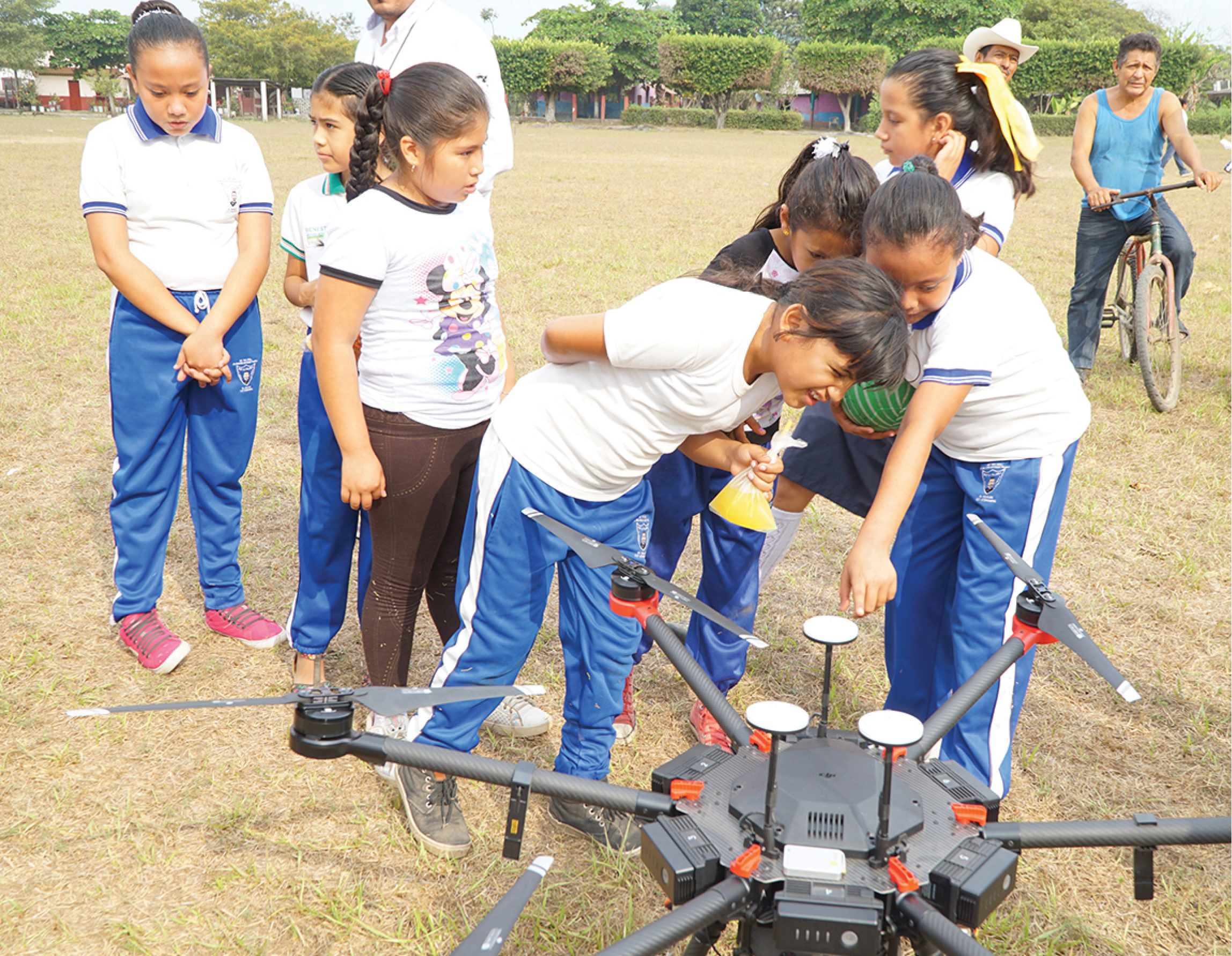

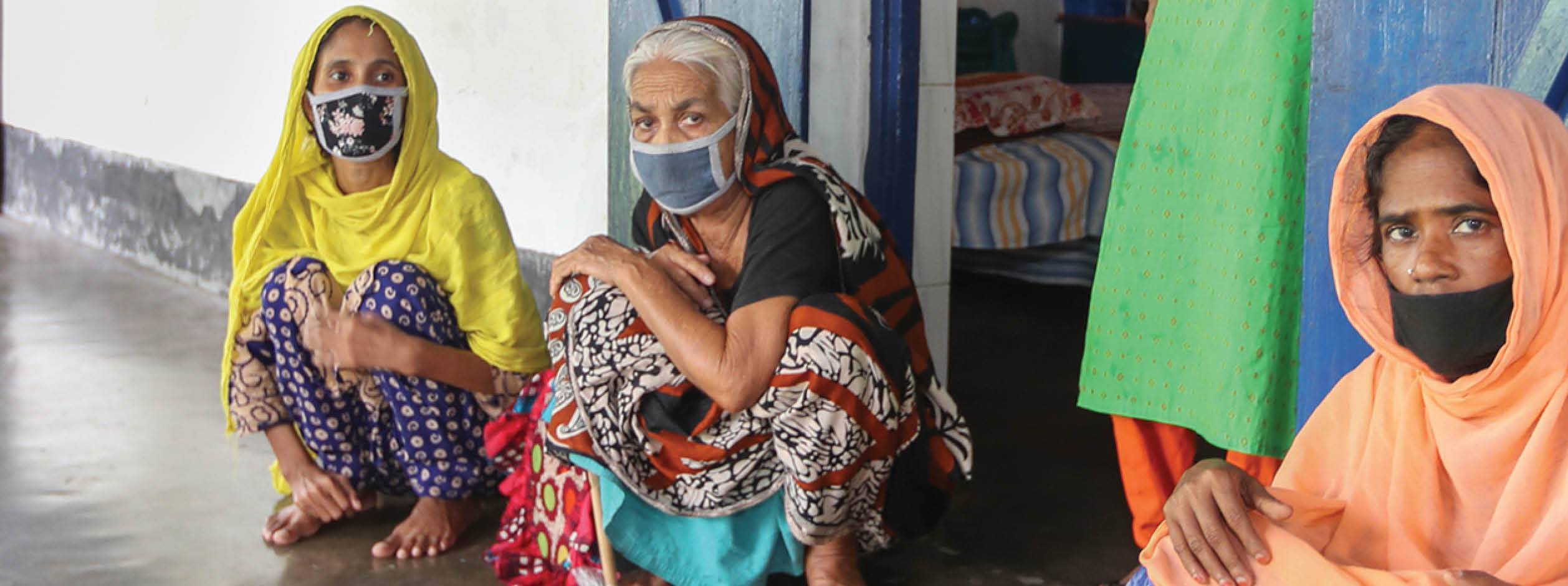

Research for
implementation
to reach vulnerable populations
and accelerate progress towards
universal health coverage

Tuberculosis patients at Jalchatra Hospital in Bangladesh
From left to right: Jérémy Bouyer of IAEA, Raman Velayudhan of WHO’s Department of Control of Neglected Tropical Diseases, and Florence Fouque of TDR, at a press briefing on dengue and SIT at the Palais des Nations, Geneva, on 14 November 2019.
This drone releases sterile male mosquitoes to help reduce transmission of dengue, Zika and Chikungunya.

Supporting research to test innovative techniques
to control vector-borne diseases
THE CHALLENGE:
Controlling mosquito populations is currently the only measure used to reduce risk and incidence of certain vector-borne diseases such as dengue, chikungunya and Zika. So far,
the use of insecticides has been the primary vector control method, but due to an increasing trend in insecticide resistance in mosquito vectors, as well as the residual effects of insecticides on the environment, there is an urgent need
for alternative methods.
THE APPROACH:
TDR, the International Atomic Energy Agency (IAEA), in partnership with the Food and Agriculture Organization of the United Nations (FAO), and WHO’s Department of Control
of Neglected Tropical Diseases, have developed guidance for countries interested in testing the Sterile Insect Technique (SIT) to control diseases carried by Aedes mosquitoes such
as dengue, chikungunya and Zika.
SIT was first used by the U.S. Department of Agriculture
and has been deployed successfully for more than 60 years to target insect pests that attack crops and livestock, such as the Mediterranean fruit fly, Tsetse flies and the New World screwworm fly. TDR, jointly with IAEA, plans to support three multi-country teams of research institutions, vector control agencies and public health stakeholders that will be selected
to test the SIT against Aedes mosquitoes.
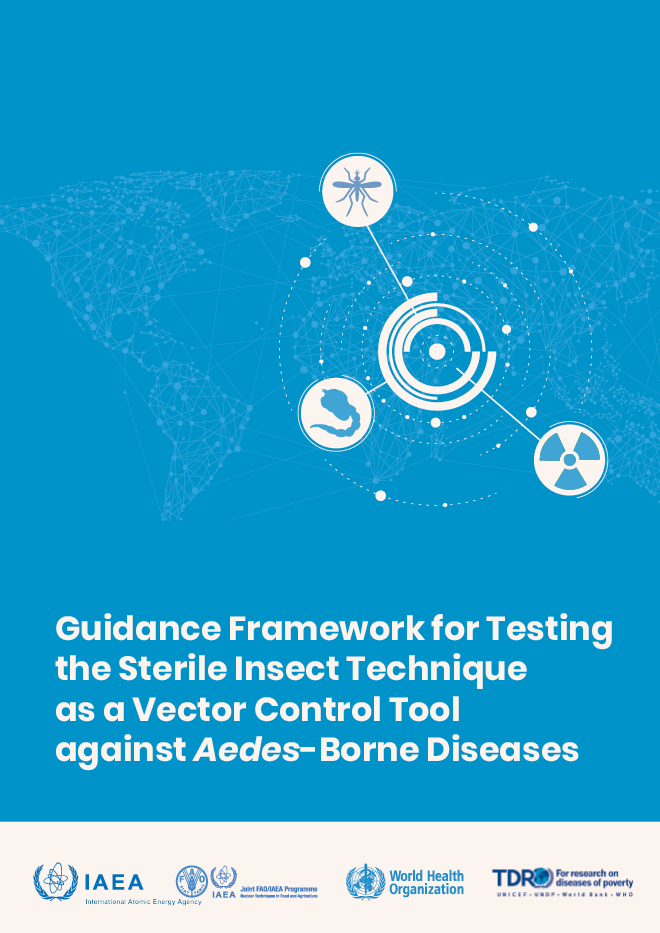
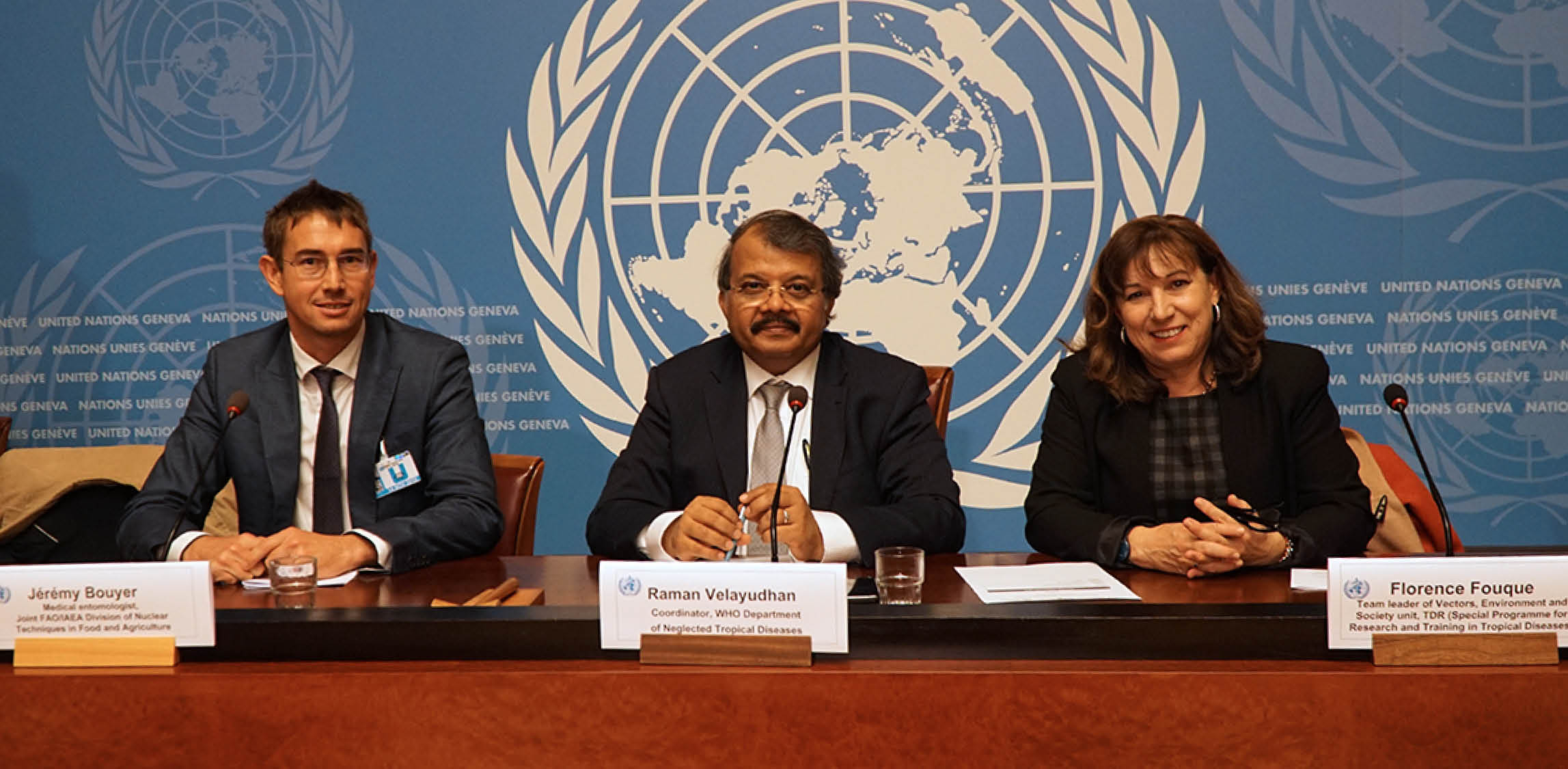
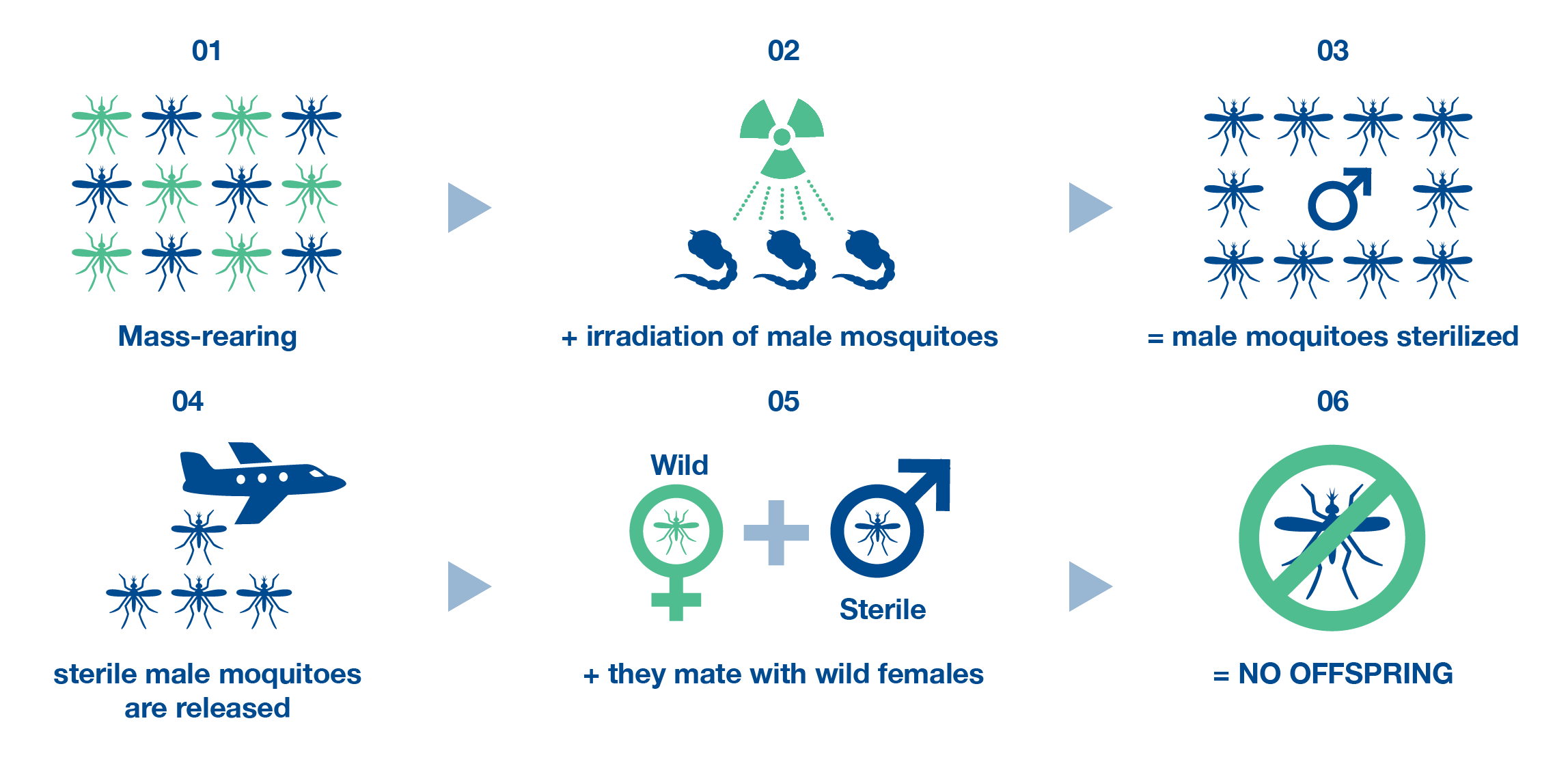
SIT, a form of insect birth control, uses radiation to sterilize male mosquitoes, which are then released to mate with wild females. As these do not produce offspring, the insect population declines over time.
Sterile Insect Technique (SIT) to control dengue, Zika and chikungunya

